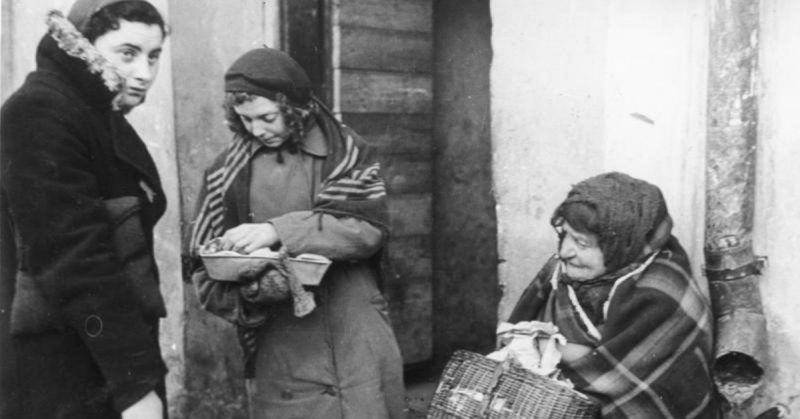For many people, the Holocaust evokes images of trains, masses of people often sick and starving, and gas chambers used for mass executions.
For one Polish survivor, those images ring true, but they are not the most compelling ones. For Kristine Keren, the dominant image from those horrifying times is the small, mint-green sweater she wore throughout her childhood and clung to most of her adult life.
The sweater’s journey, and Keren’s life during and after the war, are both tremendous testaments to mankind’s will to live.
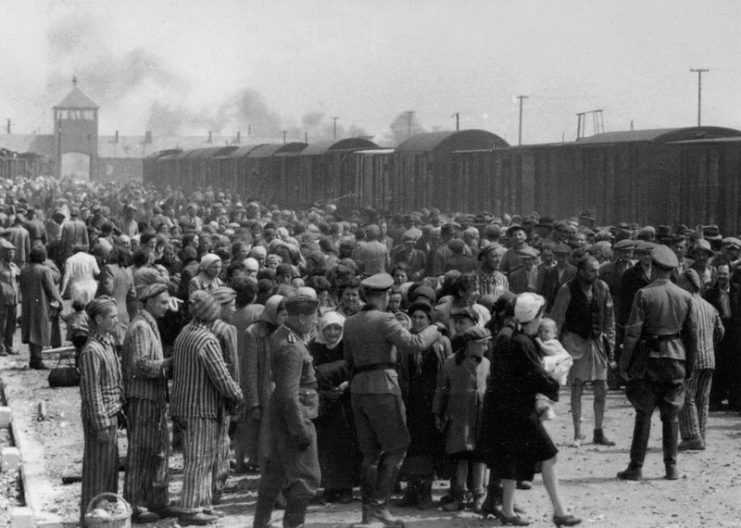
Kristine Keren (née Chiger) was just a little girl when the Germans seized Poland. At the time, she and her family lived in a ghetto in Lvov. Not long before the Nazis invaded, her grandmother made her a sweater, the very sweater anyone can view today at the American Holocaust Memorial Museum in Washington, D.C.

Keren prized this gift from her grandmother, perhaps more strongly than others might because she watched as the woman who made it was herded onto a vehicle bound for a nearby concentration camp. When she tried to wave goodbye, the old woman was struck with the butt of a gun by a Nazi. Keren never saw her again.
During the occupation, Keren’s parents spent their days in a labor camp. Keren and her brother stayed home, ever fearful of being rounded up in the constant Nazi sweeps. During surprise searches, she and her brother hid in piles of clothing and luggage. That was bad enough for the young girl, but things were about to become far bleaker.
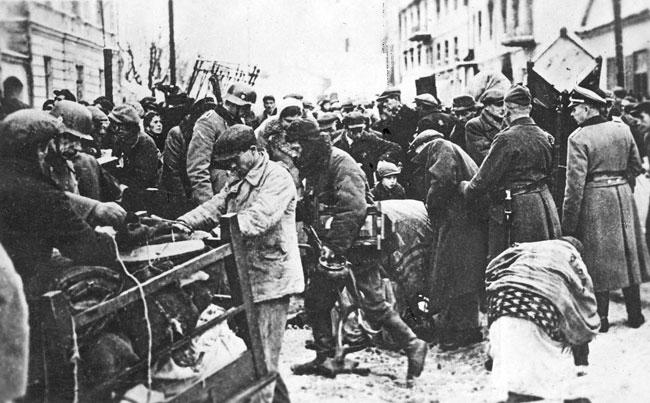
In 1943, the Germans closed the ghettos and began transporting the residents to concentration camps like Auschwitz. To avoid detection, the family fled–not to another country, but to a sewer, where they remained for more than a year.
“It was hell,” Keren stated in 2007. “It was like going to hell.” Her family and others coped constantly with starvation, disease and the stench of the sewer. Some people simply went mad and ran out to their deaths by Nazi gunfire.
Keren clung to her sweater, and still had it when she was liberated by the Russians in July 1944.
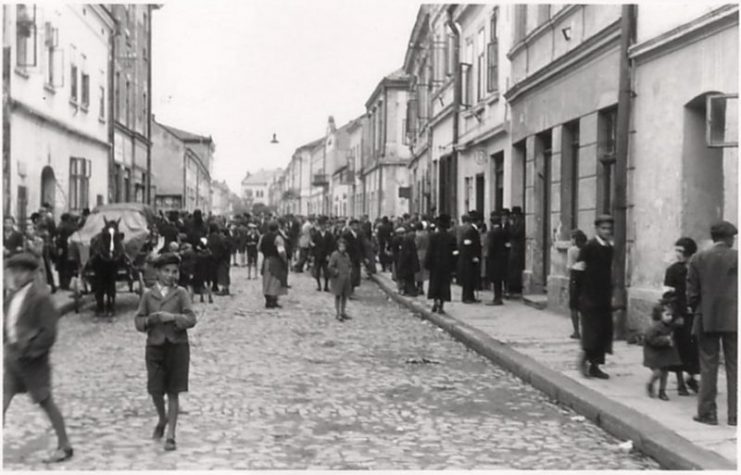
After Germany surrendered, Keren left for Israel, got married, and became a dentist. Then she emigrated to America. Through it all, through the traumas, the starvation, the freedom and finally the flights, she continued to hold on to the sweater she had long outgrown. It became something of a personal talisman, a reminder not only of her grandmother but of how much she had survived and that ultimately she had triumphed.
She donated the sweater to the museum in 2004, but even then, it was difficult for her to do so. “The sweater was saved, together with me” she recalled. “I cherish that sweater.”
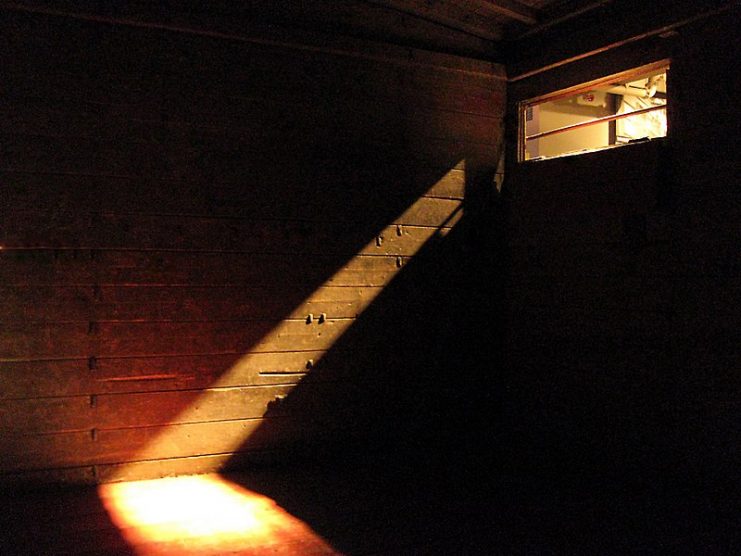
Suzy Snyder, a curator at the Holocaust Museum, understands why it was tough for Keren to let go. “It’s the thing that ties her to her grandmother, who did not survive.”
If the sweater holds a deep, abiding link to Keren’s past, it also affects museum visitors who see it, no doubt because of its size and delicacy–it is symbolic of survival against all odds. One individual who was particularly moved, Lea Stern, made a replica of the sweater for Keren and sells the pattern online to raise funds for the museum.

Objects from the war are not all that Snyder and her colleagues collect. They are constantly looking for items that give mute testimony to the lives of European Jews before and after the war as well.
“The more we can document what postwar life was like,” she says, “the more we can get rid of this idea that Jews were not people. They were businessmen and lawyers and doctors and farmers. They had communities that were discarded.”
Items like Keren’s sweater may always inspire the greatest well of emotion in those who see it, because it symbolizes how one young girl triumphed, and how the sweater she wore protected her, almost like a super hero’s cape.
